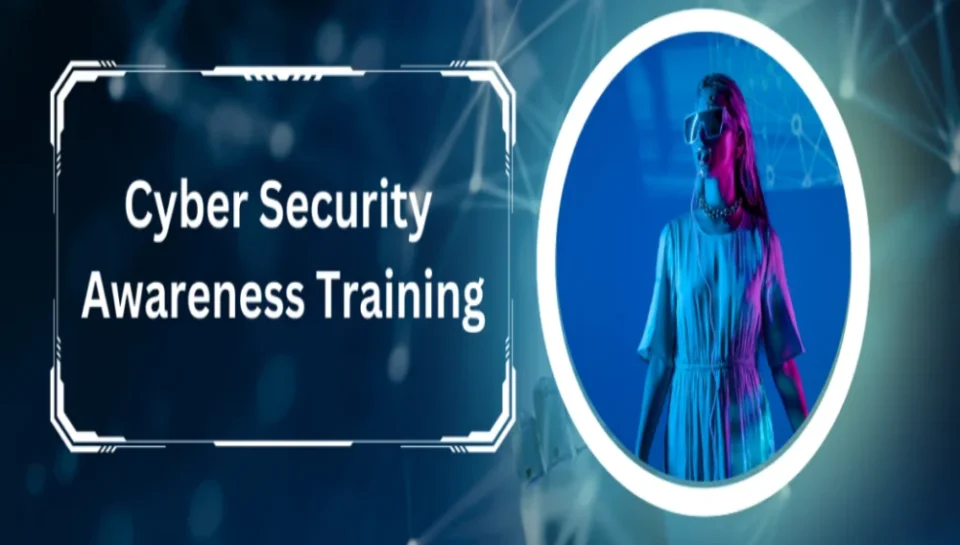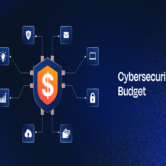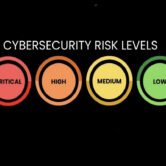
How can IT training improve cybersecurity awareness in startups?
Risk Identification and Prevention
- Educates staff on identifying phishing, ransomware, and social engineering attacks.
- Trains employees to recognize unusual system or email behavior.
- Reinforces best practices for secure browsing and device usage.
- Encourages quick reporting of potential threats or breaches.
- Instills habits for safer internet and application behavior.
Safe Data Handling Practices
- Promotes encryption, password management, and secure sharing.
- Establishes policies for data classification and access control.
- Prevents mishandling of sensitive client or business information.
- Provides clear protocols for cloud file management and backups.
- Encourages use of company-approved software and storage tools.
Stronger Access and Identity Control
- Teaches the importance of multi-factor authentication (MFA).
- Limits use of shared credentials or weak passwords.
- Clarifies user roles, permissions, and approval workflows.
- Reinforces session management and device logout procedures.
- Reduces risk from remote work or BYOD policies.
Incident Response Readiness
- Prepares teams to respond calmly and correctly to cyber incidents.
- Establishes protocols for immediate reporting and escalation.
- Simulates common threats to test response and awareness.
- Improves coordination between departments in crisis scenarios.
- Enhances post-incident documentation and analysis.
Culture of Security Awareness
- Embeds cybersecurity into daily habits and workflows.
- Encourages vigilance and continuous improvement.
- Promotes cross-functional responsibility for protecting data.
- Reduces internal risks from unintentional user actions.
- Builds trust with customers, partners, and investors.





